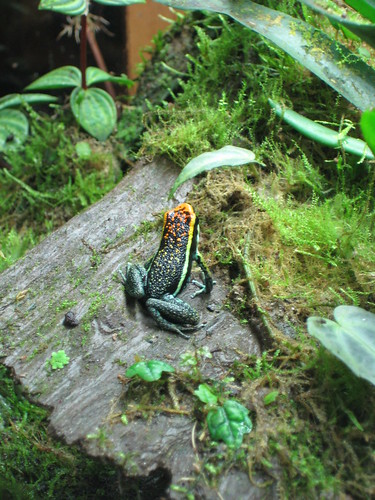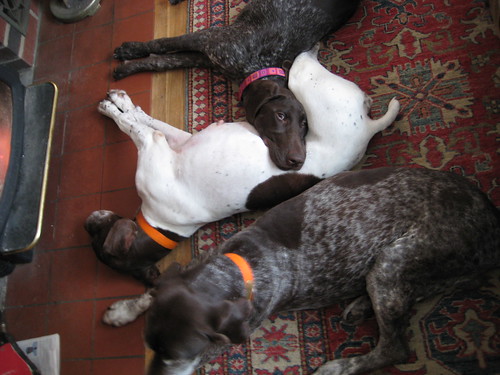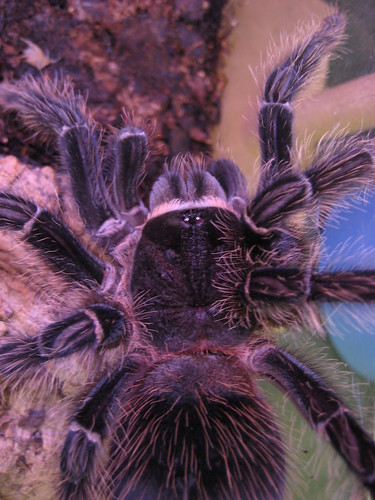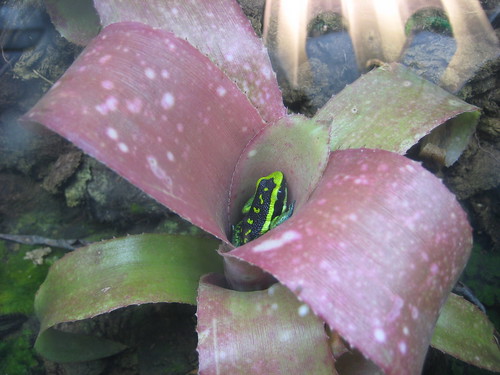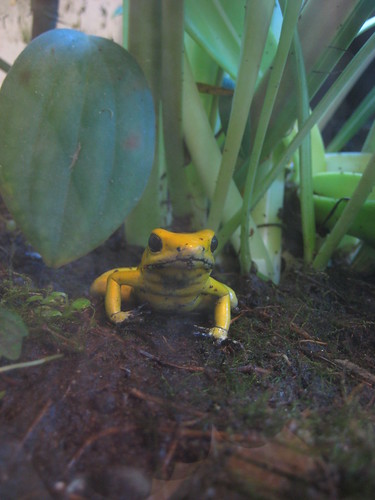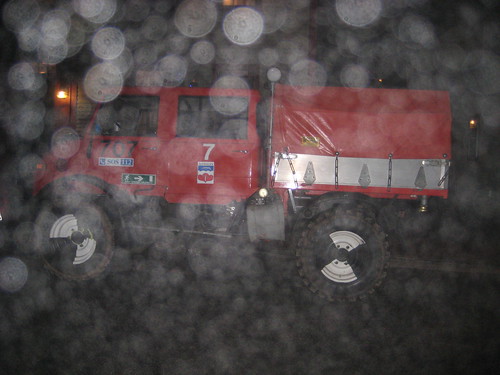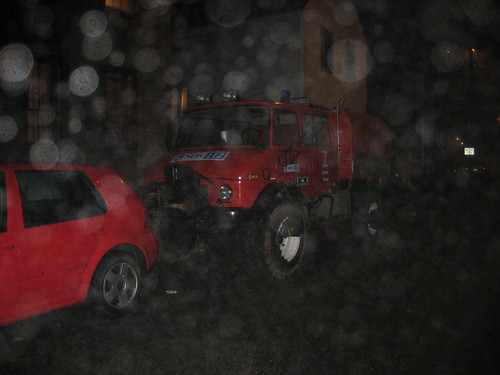Patrick (in general) and a recent post by Steve (in particular) have got me thinking about closed registries, genetic diversity and dog breeding. Some of what I’m about to say is a rehash of other thoughts I’ve posted – sorry for any redundancy – them’s the breaks.
Let me start my explaining the title of the post. Years ago, I attended a software quality assurance training session led by Roger Pressman. The biggest single point I took away? Define the test plan before you start developing software (easier said than done). If you agree with the user on testing – “When I do X, I want Y to happen” – the folks developing the software have a clear statement of what they need to implement. What I call the ‘problem of intent’ remains (to be posted on someday), but letting the test plan drive requirements definition is a neat little bit of ju-jitsu.
You can generalize this idea to good effect: for things with definable endpoints like software development, bike design and dog breeding, define the desired outcome, then measure your work against the definition. In a nutshell – I don’t care how you get there, produce the dog I want.
Here’s my work in process definition of the versatile boreal cover dog:
- Points feather instinctively. Points in a way that maximizes safety and shooting opportunities (I’m talking staunchness here).
- Retrieves or indicates downed game (I’m a little more lax than some here, partly because I hawk and partly because ducking in the north really needs a dog focused on that activity).
- Works at a cover-appropriate range.
- Able to work in hour and a half blocks without problems.
- Biddable/trainable.
- Temperamentally solid.
- Will blood track.
- Genetically sound.
- Between 20″ and 25″ at the shoulder.
Nothing in there about coat color or type, weight, ear or tail carriage, who mom and dad are registered with, etc. All of those things, while interesting if you are trying to differentiate your dog from others, are not central to the task at hand – helping the hunter bring game home. How might the Global Boreal Pointing Dog Certification Association* evaluate dogs? First off – against a standard. If your dog does x, y and z, (finds game, points it and is steady to wing and shot, for example), your dog qualifies on that portion of the evaluation. If your dog misses something entirely – bumps every bird it finds perhaps – you get a DNQ. If your dog does a fantastic job – handles, steady to wing, shot and fall, etc. – maybe you get a Q+. I’d want to include some obedience work – perhaps an AKC Canine Good Citizen/UKC Novice mashup – key element: the dog will listen to the handler and work calmly in the presence of another working dog. Finally, I’d want to have a genetic metric – something that would represent the overall genetic health of the dog. This sounds tough on the face of it, but if I’m not mistaken, it’s something that happens all the time in zoos and wildlife recovery efforts. For an individual dog, it would be a representation of the relatedness of the dog’s ancestors and would be a number you could generate for a litter before a breeding takes place.
It would be interesting – and good for the dogs – to develop a pointing dog land-race, as exists – at least for the moment – for gazehounds across Asia and the Middle East. The same model could be applied to earthdogs, stockdogs – any working dog (seems to be already there for working livestock protection dogs).
A breeder with brass ones could do a lot of this today. Test with NAVHDA, do obedience work w/ UKC (you might have to do some footwork to gin up a registry) and sit down with someone who manages a big cat studbook to figure out the genetics. My sequence would go like this: hit the lottery, buy the Walton Ford book, book a flight to the high Altai (see if Steve wanted to come) and bring back some Taigan, then develop the Indian Stream pointing mongrel. I’m having problems with step 1.
* Pretty impressive name for a non-existent entity, eh?

